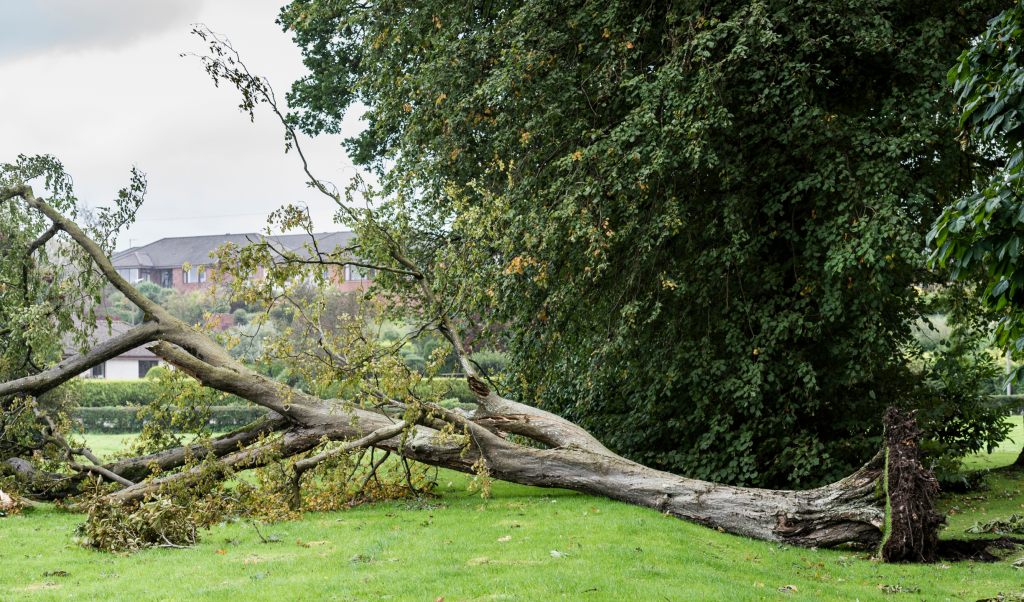Northern Ireland is no stranger to storms and strong winds, especially recently throughout the winter months. When new storms are predicted, we often find that our existing customers or those thinking of investing in solar get in touch asking the same question: “will my solar PV system withstand strong winds?”. In this blog we will explore the answer to this frequently asked question.
Solar panels are made to be a long-term investment, as proven by their 25 and 30-year warranties. Over 25+ years, it is highly likely that your panels will be subjected to storms with high wind and snow loads, which is why each panel is made and tested specifically to withstand these loads. For example, the residential panel that First Class Solar currently use displays an impressive wind load of up to 4000Pa.
What does 4000Pa wind load mean?
According to the Wind Speed to Pressure Conversion chart, this is equivalent to wind speeds of up to 180 miles per hour (mph), or 290 kilometres per hour. Just for reference, during the recent Storm Éowyn, the top three recorded wind speeds across Northern Ireland were as follows:
- 92 mph at Killowen, near Newry around 6am
- 89 mph at Magilligan, north-east of Limavady at 12pm
- 86 mph at Orlock Head in Co Down at 10am.
The highest ever recorded wind speed in Northern Ireland is 124 mph, in Kilkeel on 12th January 1974, which goes to show that the First Class Solar panels we install are built to withstand even the strongest winds.

How are the solar panels tested?
It’s not up to the manufacturer to just label these claims on their product datasheet – they have to complete their own extensive testing, provide comprehensive and thorough evidence of the testing to an independent body such as the International Electrotechnical Commission (IEC), and then undergo independent third-party testing to prove that their panels meet the required specifications! In addition to this, the Microgeneration Certification Scheme specifies a product standard of what is and is not allowed to be installed in the United Kingdom. This means that our customers have several assurances that only rigorously tested, high-quality products can be installed on your roof.
How are the panels installed into the roof?
Alongside the high-quality panels, we use top-rated roof hooks and bracketing to ensure that your solar panels will stay on the roof. Renusol Europe Gmbh have been around for almost 30 years and are a key player in the solar industry, as well as being well-trusted by First Class Solar. Specific equipment is used depending on the roof type (ie., metal tin, concrete tile, slate).
Our highly skilled and experienced roofers then work to attach the appropriate equipment to your roof – they attach the brackets to the rafters of your roof, then secure rails to those brackets, and finally they lock the panels into the rails. Depending on the roof type, our roofers may need to remove some tiles/slates in order to access the rafters, however these are then re-attached securely. The entire process and mounting system is designed to be completely weather-proof.
How did the First Class Solar panels hold up during Storm Éowyn?
We take pride in installing top quality panels and mounting systems, with each panel being expertly installed by our experienced, highly-trained roofers. First Class Solar had no reported solar panel damage or dislodgement following Storm Éowyn, with installs in all counties – a First Class job for each solar PV system, across Northern Ireland!

